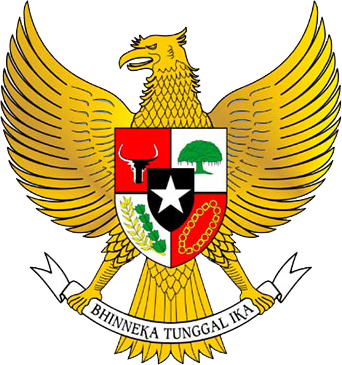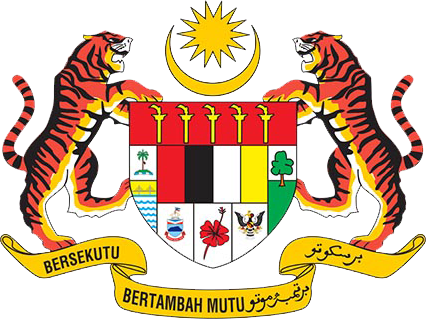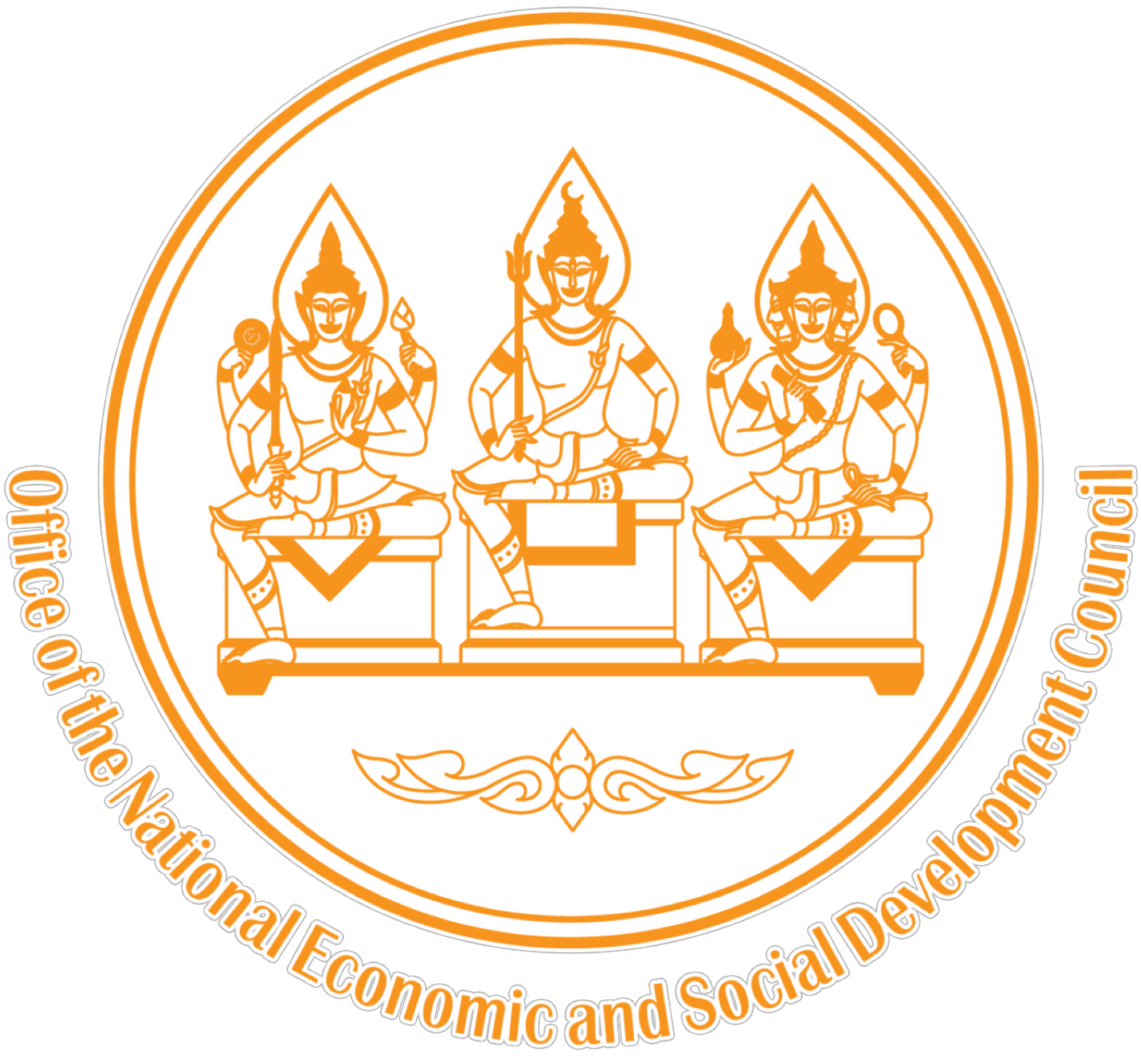INDONESIA

INTRODUCTION
The republic of Indonesia is a country in southeast Asia and Oceania. Indonesia comprises 17,508 islands. With a population around 230 million people, it is the world’s fourth most populous country, and has the world’s largest population of Muslims. Indonesia is a republic, with an elected legislature and president. The Nation’s capital city is Jakarta. The country shares land border with Papua New Guinea, Timor-Leste, and Malaysia. Other neighbor countries include Singapore, Philippines, Australia, and the Indian territory of the Andaman and Nicobar Islands.
The Indonesian archipelago has been an important trade region since at least the seventh century, when Srivijaya and the later Majapahit traded with China and India. Local rulers gradually adopted Indian Cultural, religious and political models from the early centuries CE, and Hindu and Buddhist kingdoms flourished. Indonesian history has been influenced by foreign powers drawn to its natural resources. Muslim traders brought Islam, and European powers fought one another to monopolize trade in the Spice islands of Maluku during the age of discovery. Following three and half centuries of Dutch colonialism, Indonesia secured its independence after world war II. Indonesia’s history has since been turbulent, with challenges posed by natural disasters, corruption, separatism, a democratization process, and periods of rapid economic change.
Across its many, islands, Indonesia consists of distinct ethnic, linguistic, and religious groups. The Javanese are the largest and most politically dominant ethnic group. Indonesia has developed a shared identity defined by a national language, ethnic diversity, religious pluralism within a majority Muslim population and history of colonialism including rebellion against it. Indonesia’s national motto, “Bhinneka Tunggal Ika” (“Unity in Diversity” literally, “many, yet one”), articulates the diversity that shapes the country. Despite its large population and diversity that shapes the country. Despite its large population and densely populated regions, Indonesia has vast areas of wilderness that support the world’s second highest level of biodiversity. The country is richly endowed with natural resources, yet poverty remains widespread in contemporary Indonesia.
GEOGRAPHY
Map of Indonesia consist of 17,508 islands, about 6,000 of which are inhabited. These are scattered over both sides of the equator. The five largest islands are Java, Sumatera, Kalimantan (the Indonesian part of Borneo), New Guinea (shared with Papua New Guinea), and Sulawesi. Indonesia shares land borders with Malaysia on the islands of Borneo and Sebatik, Papua New Guinea on the Island of New Guinea, and Timor-Leste on the island of Timor. Indonesia also shares borders with Singapore, Malaysia, and the Philippines to the north and Australia to the south across narrow straits of water. The capital, Jakarta is on Java and is the nation’s largest city, followed by Surabaya, Bandung, Medan, and Semarang.
At 1,919,440 square kilometers (741,050 sq mi), Indonesia is the world’s 16th -largest country in terms of land area. Its average population density is 134 people per square kilometer(347 per sq mil), 79th in the world, although Java, the world’s most populous island, has a population density of 940 people per square kilometer (2,435 per sq mi). At 4,884 meters (16,024 ft), Puncak Jaya in Papua is Indonesia’s highest peak, and Lake Toba in Sumatera its largest lake, with an area of 1,145 square kilometers (442 sq mi). The country’s largest rivers are in Kalimantan, and include the Mahakam and Barito; such rivers are communication and transport links between the island’s river settlements.
Mount Semeru and mount Bromo in East Java. Indonesia’s seismic and volcanic activity is among the worlds highest. Indonesia’s location on the edges of the pacific, Eurasian, and Australian tectonic plates makes it the site of numerous volcanoes and frequent earthquakes. Indonesia has at least 150 active volcanoes, including Krakatoa and Tambora, both famous for their devastating eruptions in 19th Century. The eruption of the Toba super volcano, approximately 70,000 years ago, was one of the largest eruptions ever, and a global catastrophe. Recent disasters due to seismic activity include the 2004 tsunami that killed estimated 167,736 in the northern Sumatera, and the Yogyakarta earthquake in 2006. However, volcanic ash is a major contributor to the high agricultural fertility that has historically sustained the high population densities of Java and Bali.
Lying along the equator, Indonesia has a tropical climate, with two distinct monsoonal wet and dry seasons. Average annual rainfall in the lowlands varies from 1,780-3,175 millimeters (70-125 in), and up to 6,100 millimeters (240 in) in mountains regions. Mountainous areas-particularly in the west coast of Sumatera, West Java, Kalimantan, Sulawesi, and Papua-receive the highest rainfall. Humidity is generally high, average about 80%. Temperatures vary little throughout the year; the average daily temperature range of Jakarta is 16-30 °C (79-86 °F)




